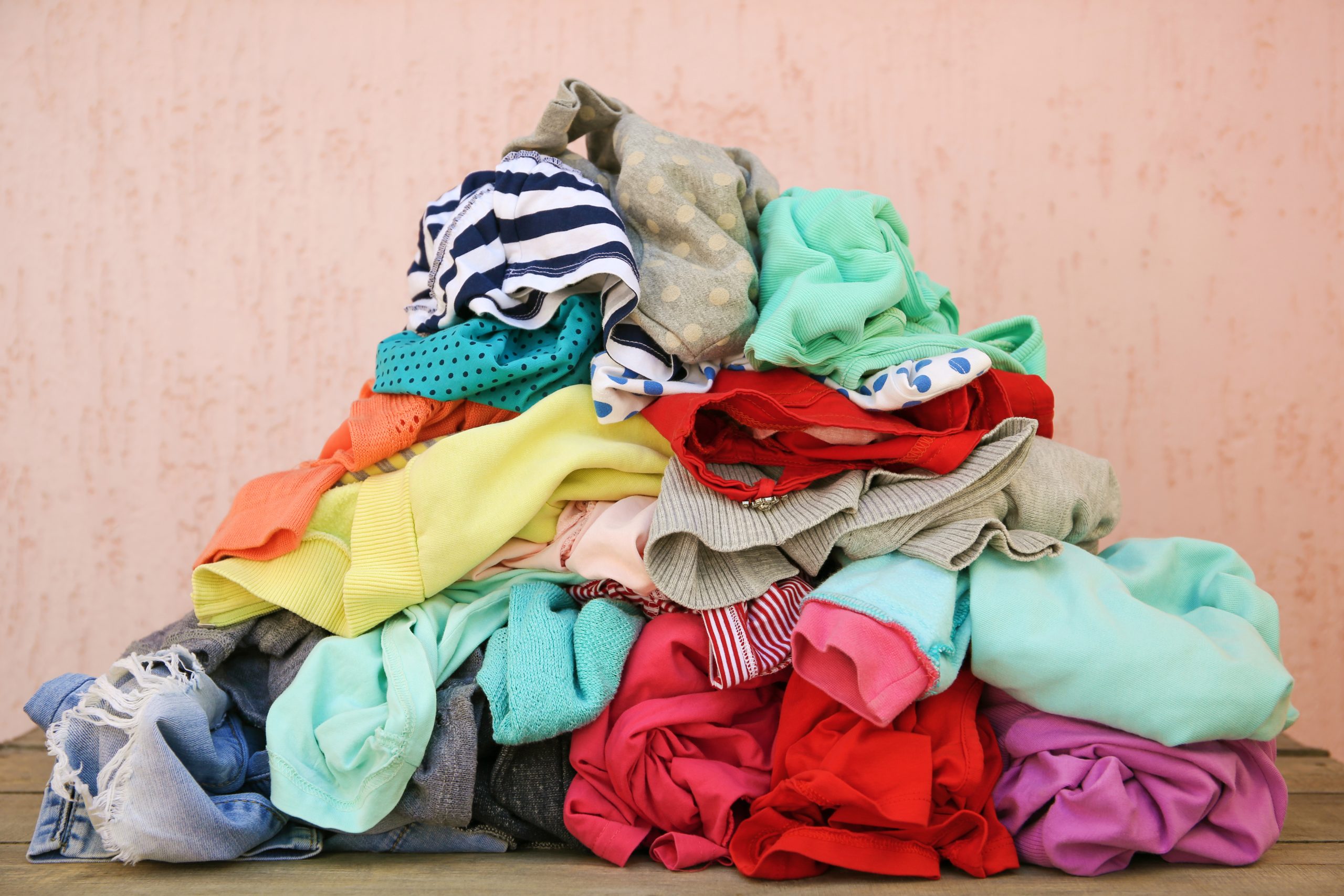The many juxtapositions of Shein. It aims to be accessible through low pricing – but at what social and environmental cost? It launches a resale platform – but with questionable quality and an average selling price of around £5, can throwaway fashion really be resold? And now Shein has opened its first ever permanent store – but isn’t this just a ploy to grow online sales?
The Shein store launched on 13 November in Tokyo’s Harajuku fashion district. It is a significant, though unsurprising, move in the world of digitally native fast fashion. From Dallas to Dublin, Shein has experimented with a number of pop-ups around the world, where it’s had the opportunity to somewhat demystify the brand and engage with shoppers in the flesh. But, make no mistake, the real goal here is for bricks & mortar to generate a halo effect and drive e-commerce sales.
In fact, shoppers are not able to buy anything while in-store, but instead can browse clothing and scan QR codes to make an online purchase. Shein is certainly not the first online fast fashion brand to recognise the value in having a physical presence these days: here in the UK, Boohoo and Missguided have dabbled with bricks & mortar, while just last month Asos was said to be exploring the idea of opening its first UK shop in a bid to shift excess stock.
But Shein isn’t just fast fashion. It’s uber-fast – dare I say disposable – fashion. Through its “test and repeat” model, Shein is able to produce and distribute products in as little as a week. An eye-watering 10,000 new SKUs are added to the site on a daily basis and, here in the UK, it sells around 30,000 products every single day.
Cheap and cheerful may resonate with shoppers in the current climate – but certainly not all. There is a growing resistance to throwaway fashion. We’ve hit peak stuff. Shoppers are increasingly thinking twice before buying new. Resale and rental (and, to a lesser extent, repair) are becoming mainstream. We are shifting from mindless to mindful consumption. Shein, however, is the epitome of the former.
Its model of pumping out single-wear fashion to be shipped around the globe is entirely at odds with the fact that we are living in a climate emergency. And if, like me, you watched the new Channel 4 documentary on the brand’s catastrophic rise, you might have come away absolutely terrified. Our addiction to buying clothes is unsustainable.
In addition to Shein being a driving force behind the “wear-it-once” culture and contributing to environmental waste, it has also come under scrutiny for its working conditions and copyright infringement, as well as exploiting tax loopholes without which it would not be in a position to offer such cut-throat prices.
Shein is now one of the most downloaded shopping apps in the US and earlier this year, it was valued at $100 billion – essentially Zara and H&M combined. Controversies aside, Shein is a major force in the fashion world and now has its sights set on bricks & mortar. Let’s hope it cleans up its act.
This article originally appeared in Retail Week.



